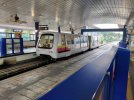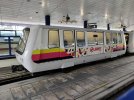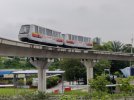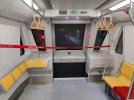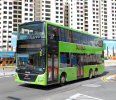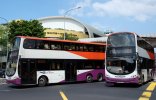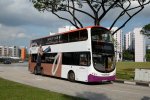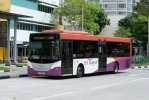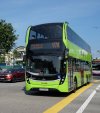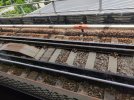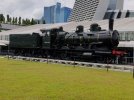John, you mentioned the permit to buy scheme for cars, so I will weigh in with a bit of history.
Back in the late 1970s I was Hon Sec of the Malaysia and Singapore Vintage Car Register. The Singapore section had a real problem with the government's desire to introduce a "scrap one to buy a new one" policy. We were told that there was no place for historic vehicles. I spent a lot of time with fellow members in meetings at the Registry of Vehicles discussing how exemptions could be made to preserve cars that had been in Singapore since the 1920s.
We had a second problem in that, to encourage new members (cars are the members of a Register) we needed to embrace post war classics. Those who had started the MSVCR considered post war to be unacceptable, but many were retiring back to the UK so eventually we were able to broaden the range of eligibility. After I left Singapore we received good news and today there are more vintage cars than when I left. And historical cars include many post war models.
Sadly I exported my 1952 MG TD to Texas and now know I probably should have left it behind. But I did leave a 1932 Riley Monaco and today it appears to have been lost "for ever" though one individual says it may be in Penang. I was able to sell the MG's paperwork to a new buyer before I left (the sum paid for the shipping) but when I tried to register the car in Texas I was asked for the old papers. I explained the story to the authorities and they could hardly believe in such a plan and so allowed the MG to be registered! It now has a good home in Houston.
